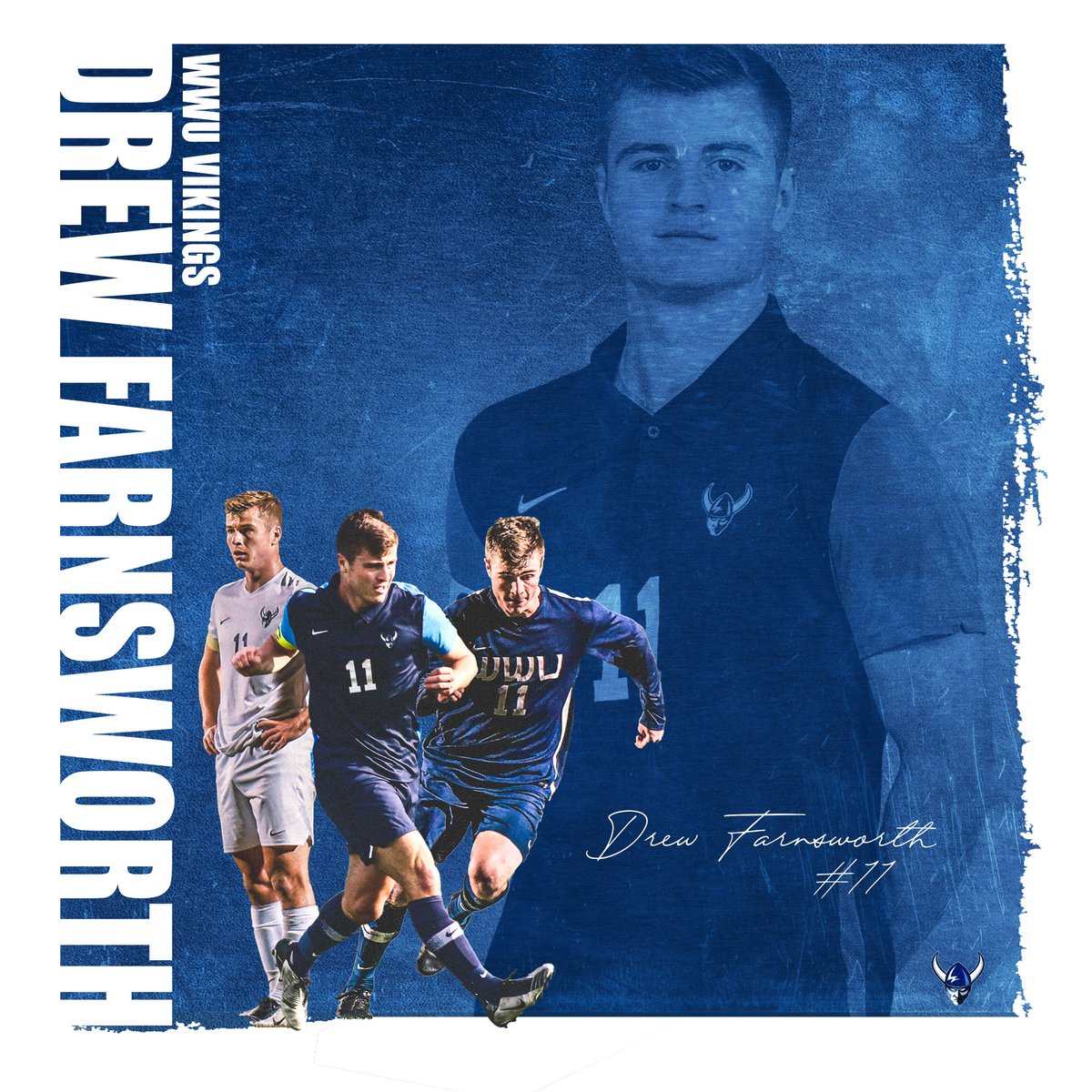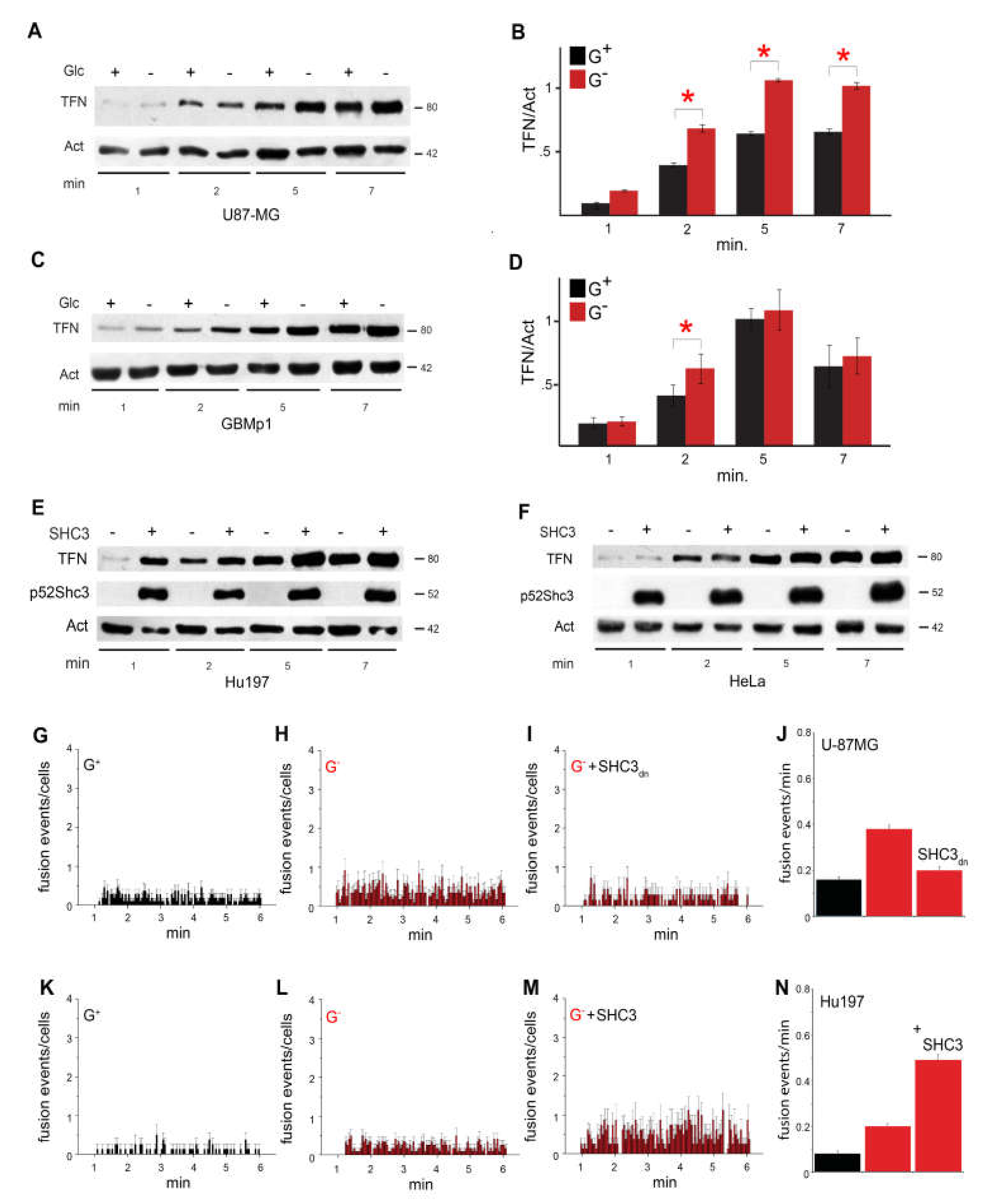
Unlike ArcGIS (which simply creates a completely opaque drop box, not really a drop shadow), Illustrator gives you a wide range of controls for the size, direction, type, opacity, and color of your Drop Shadows. If you want to make an entire layer or group of layers transparent you can select the entire layer in the Layers panel and then adjust the Opacity.Alternatively, you can also adjust the Opacity on the Stroke panel (choose Stoke from the Window menu).On the top tool bar adjust the Opacity slider (or enter a number) as desired.Using the Selection tool select the object you wish to make transparent.The process for setting transparency (or Opacity) in Adobe is basically the same for any object (features, layers, text, graphic objects.).It is also not possible at all to set the transparency of the text or of graphic features (text or legend box backgrounds, etc.). While ArcGIS allows you to set the transparency of a feature layer it is relatively difficult to apply transparencies to individual features. Transparency (for features, text, objects.)

In most cases, the goal of an effect is that map reader does not even notice the effect as an effect, they simply find the map easier to read and more appealing to look at. Note that these effects, like any cartographic enhancement, should be used sparingly.

Feel free to experiment with any of the items listed under the Effects menu. There are LOTS of other effects in Illustrator. For the most part, these are tricks that are relatively easy in Illustrator and relatively difficult in ArcGIS. See also From GIS to Desktop (Adobe Illustrator tutorials for Cartography from Directions Magazine)īelow are a few 'effects' that can be applied in Adobe Illustrator for cartographic enhancement.

Duties included reorganizing and rehousing artifacts within the houses as well as researching local archives for information to include in display cases and other exhibits, creating educational maps of Roeder Family businesses from the early 20th century, as well as curating museum displaysĬlassics Club: 2014-2016 Participated as a Member and Club Leader of the WWU Classics Club Lead weekly meetings with fellow leaders of the club as well as peers interested in the Classical era of Mediterranean Antiquities usually discussed literature, history, plays, and art from the Greek and Roman culture areas & pop culture Classics references.See also Exporting from ArcGIS to Adobe Illustrator Also assisted in curating displays of various artifacts from the Hovander collection. Hovander House: 2017- 2018 As a volunteer Historical Docent at the Hovander House, I provided tours and educational information to visitors about the history of the Hovander Family, their homestead, and the Pioneer-era artifacts on the property.


 0 kommentar(er)
0 kommentar(er)
